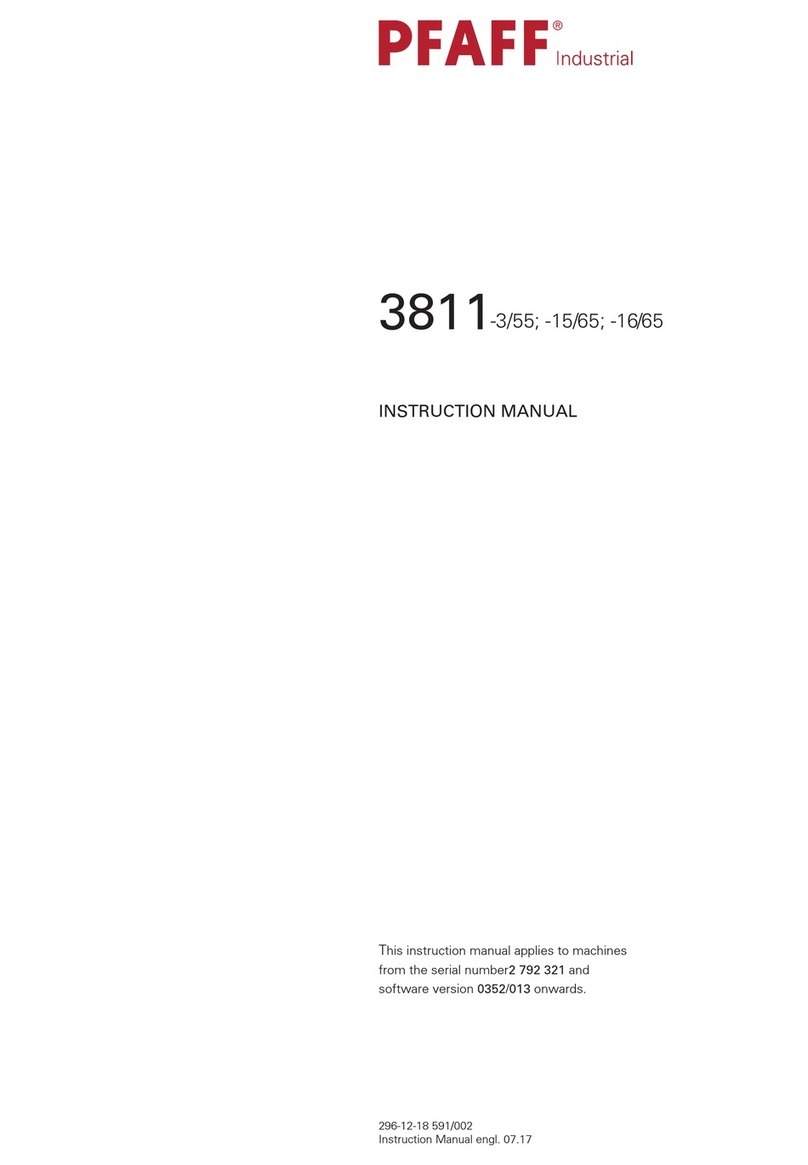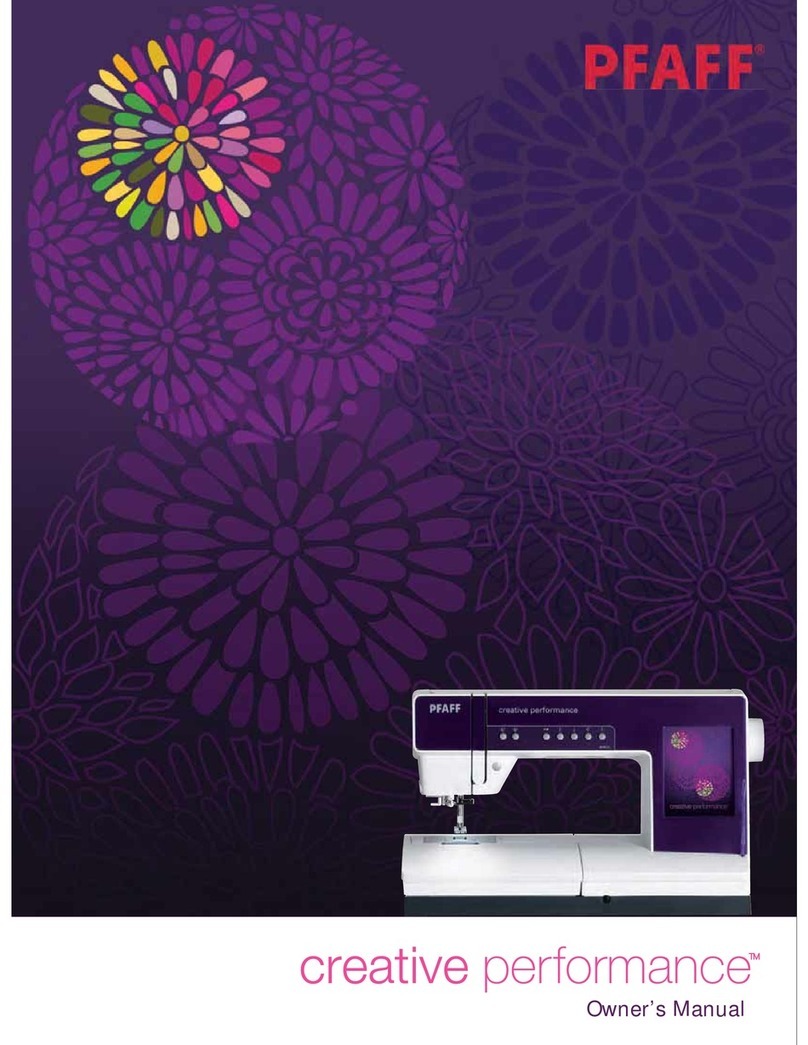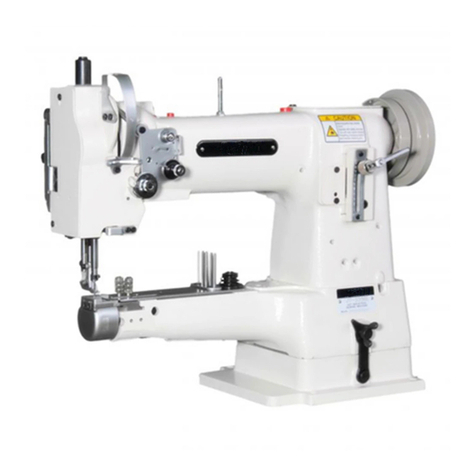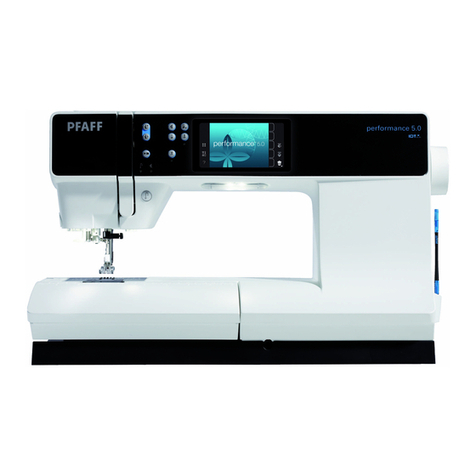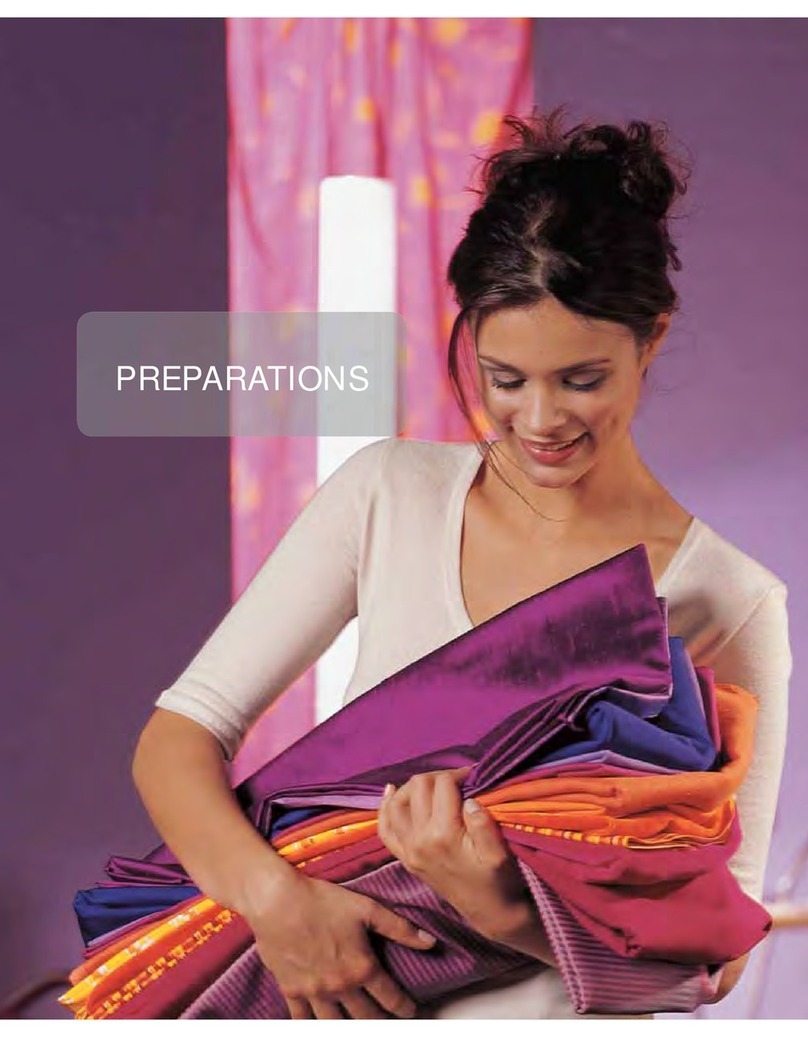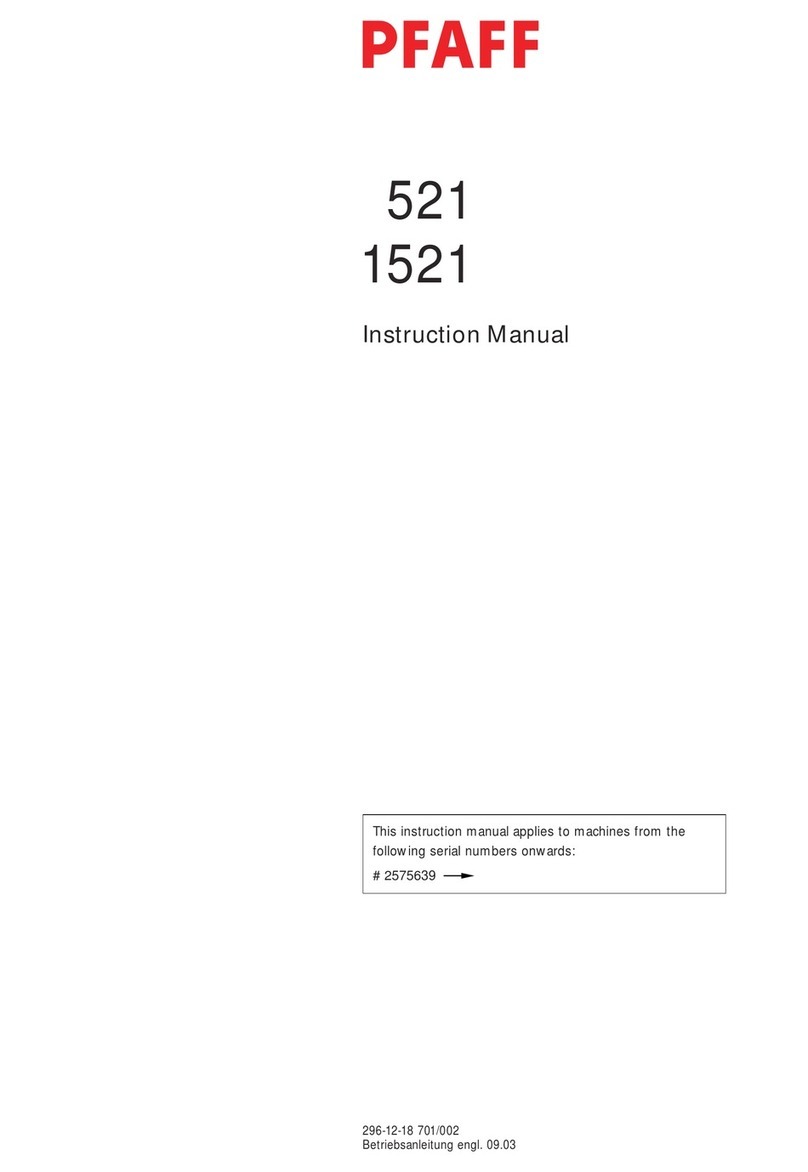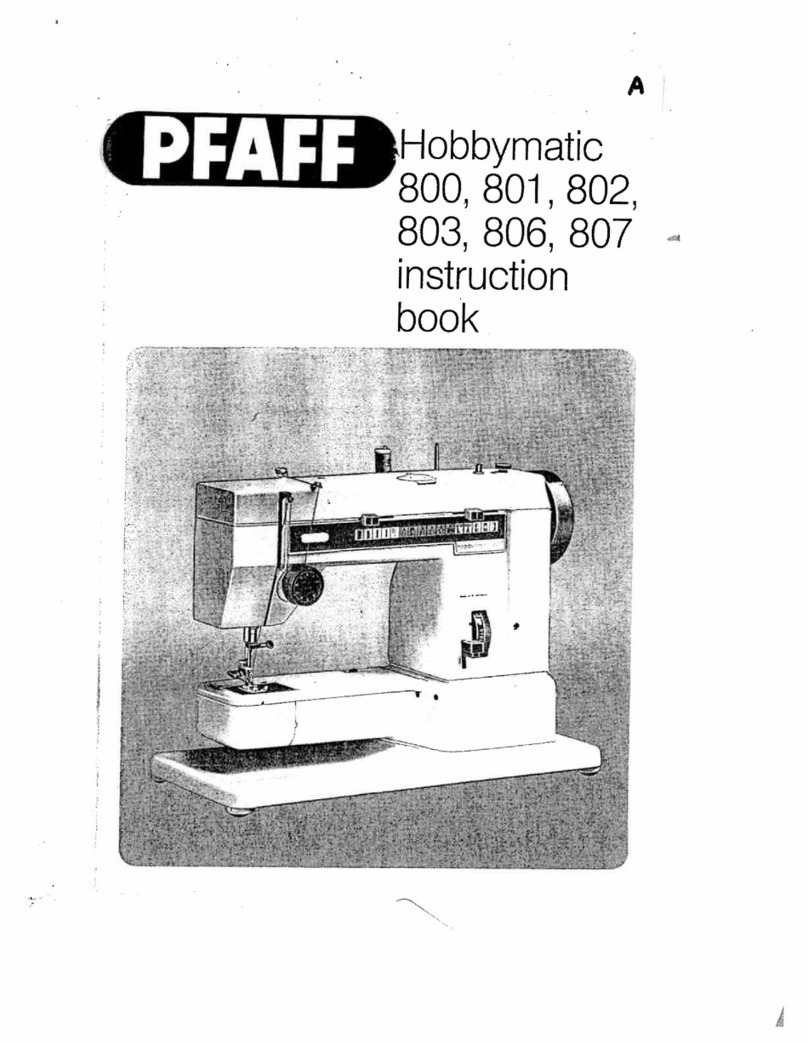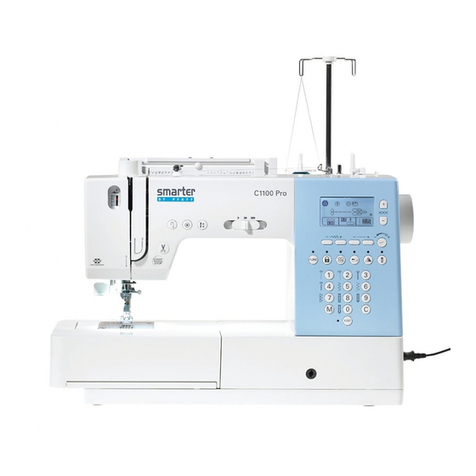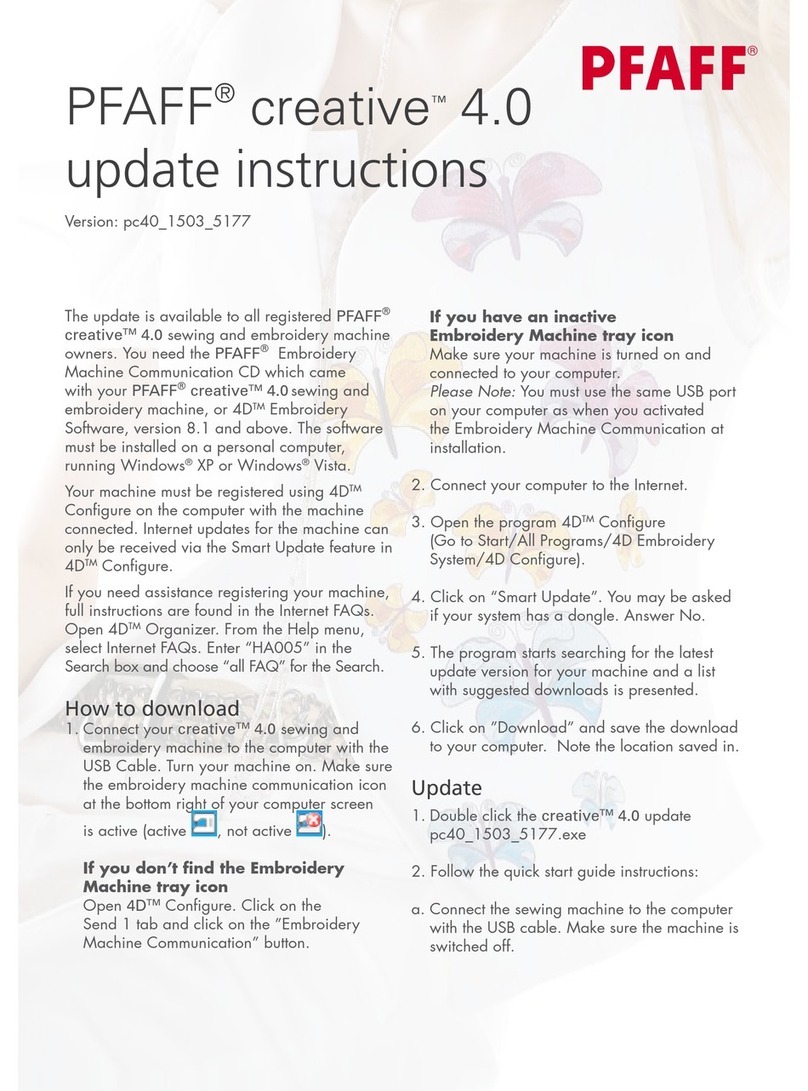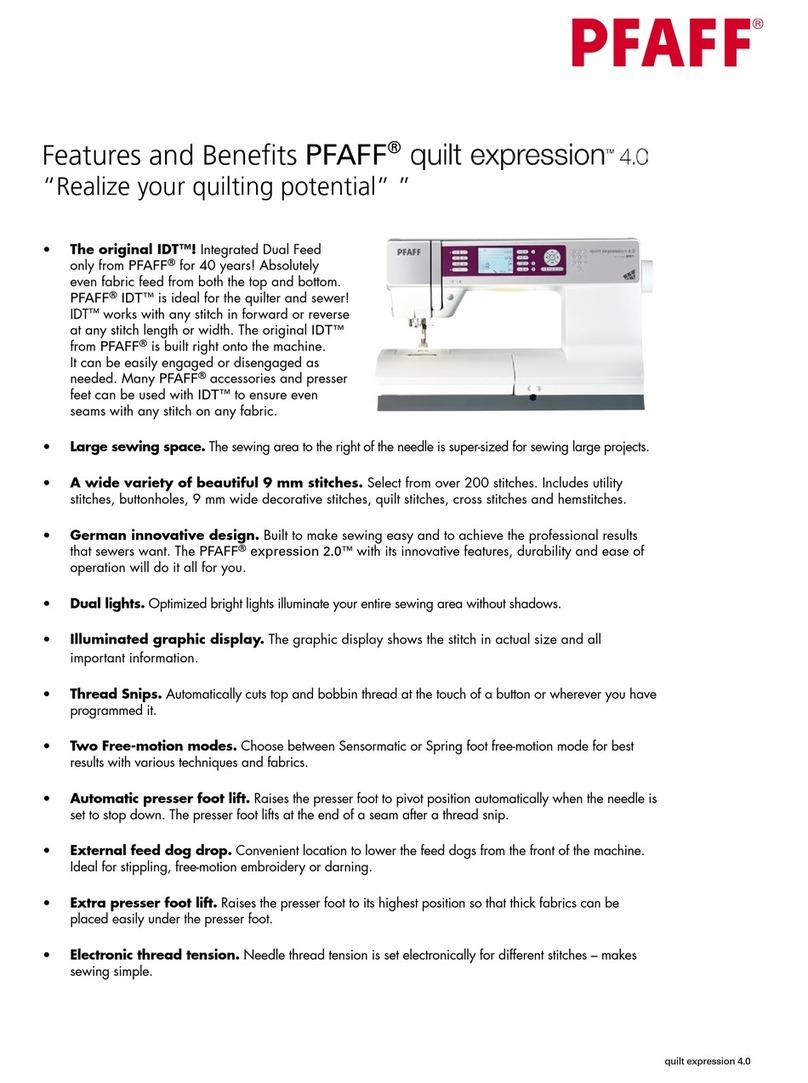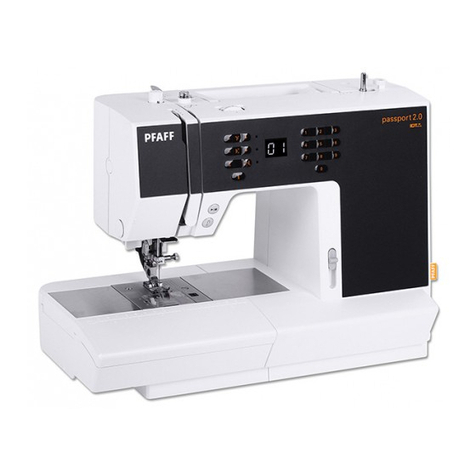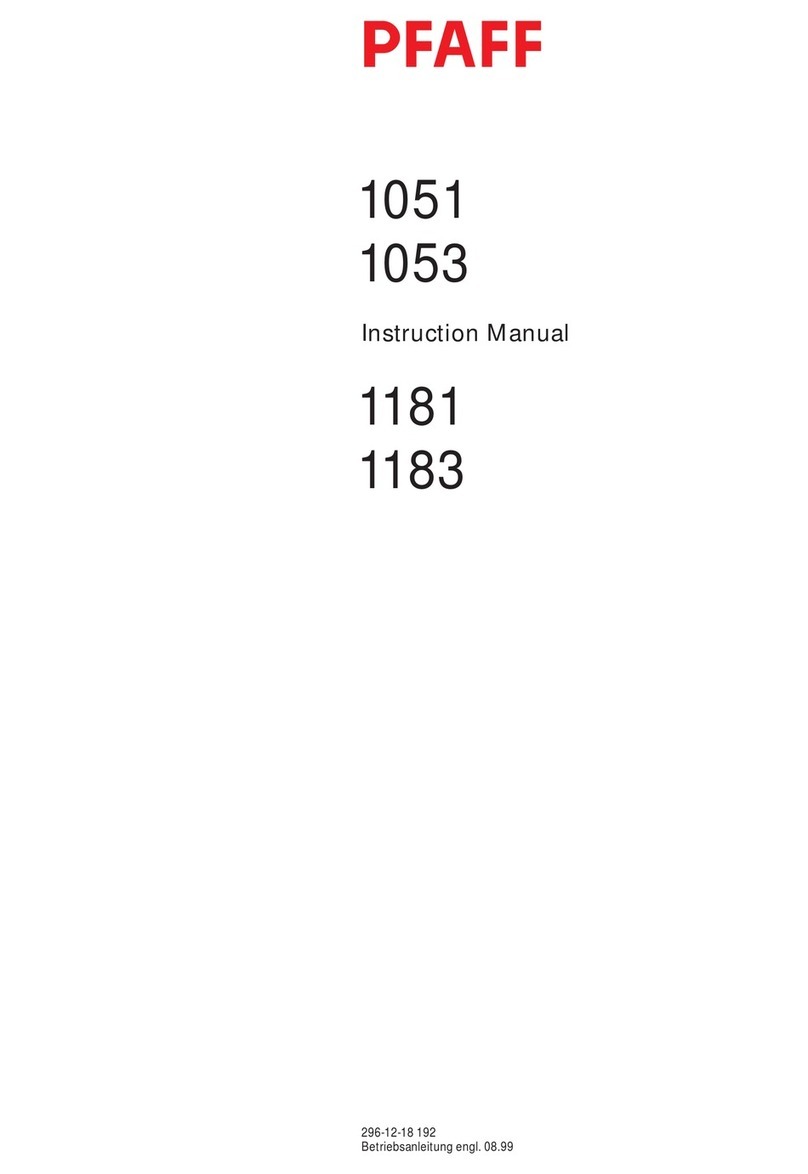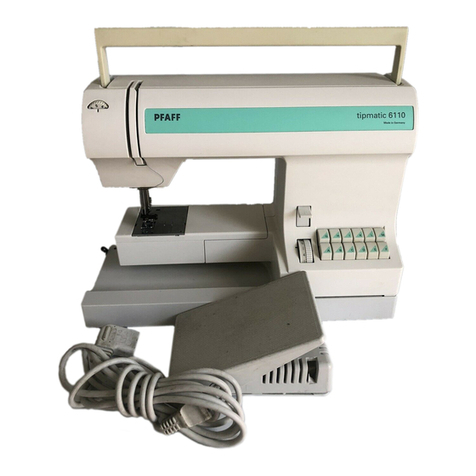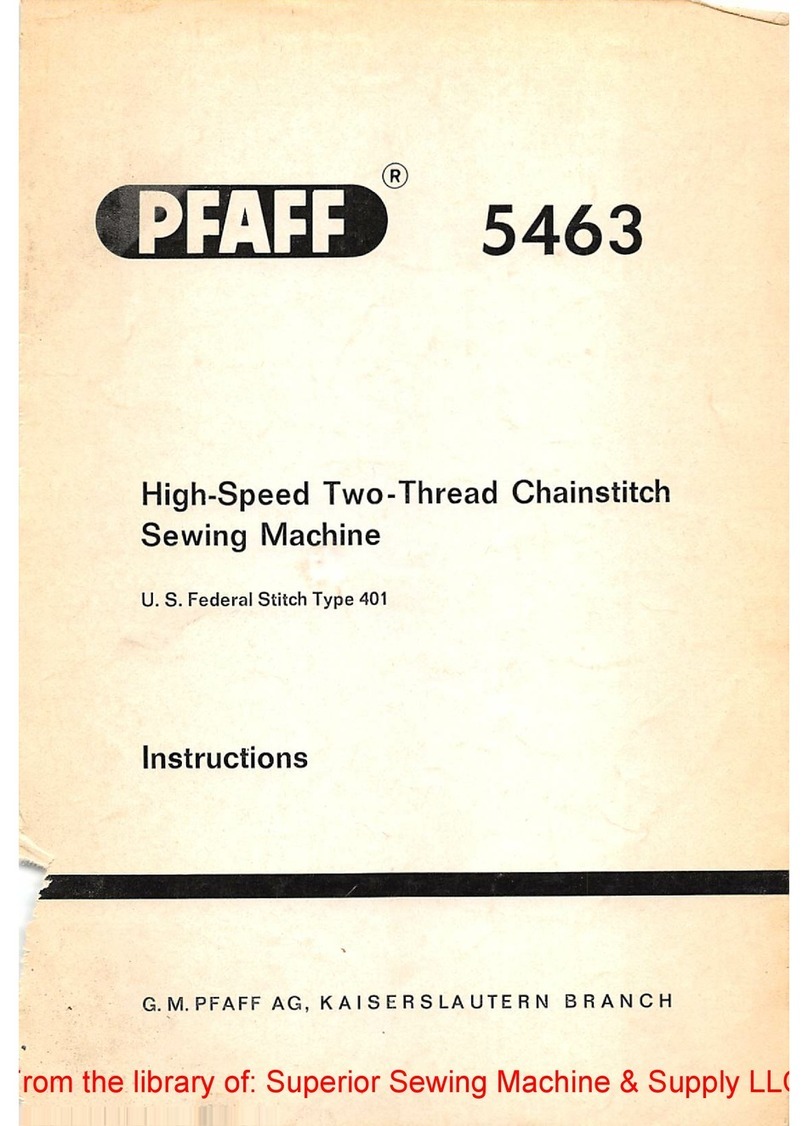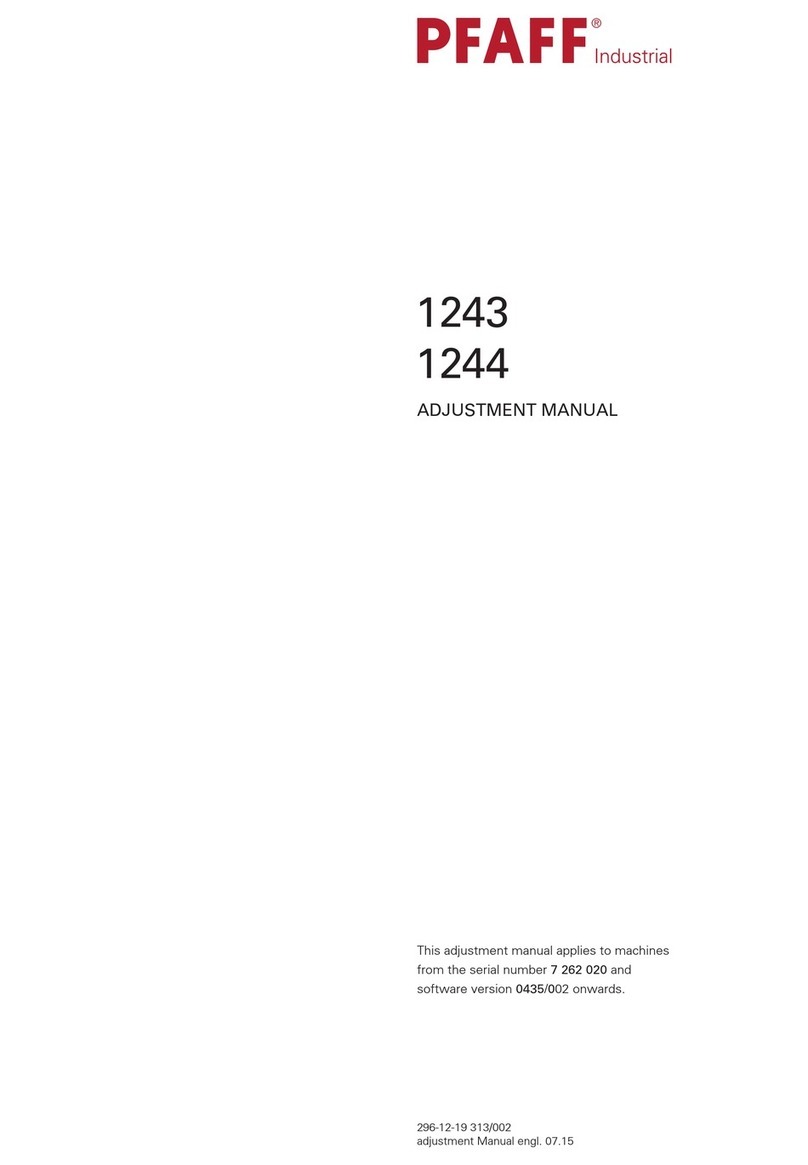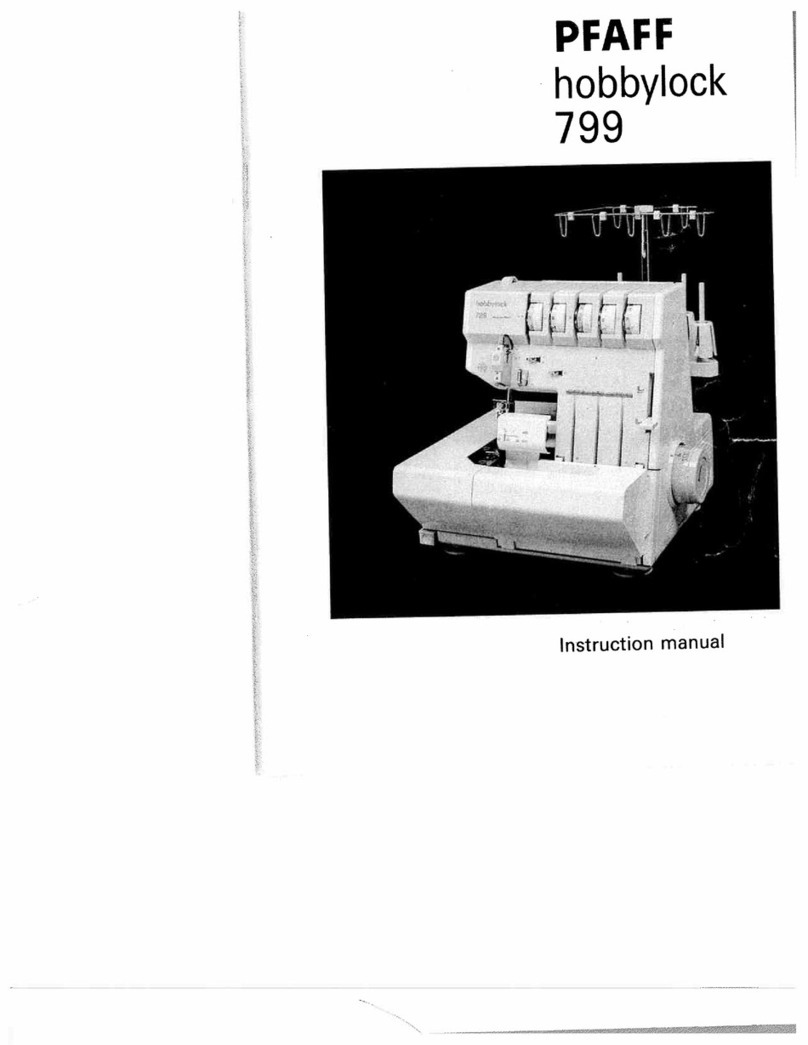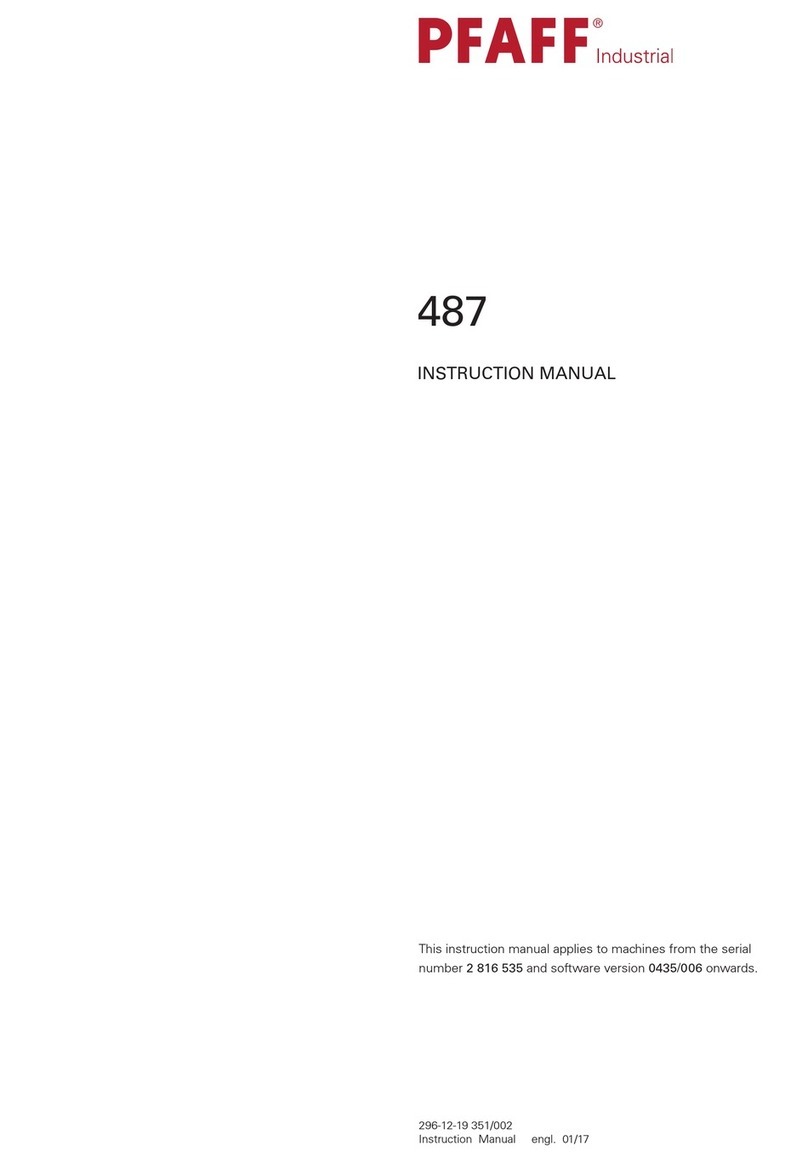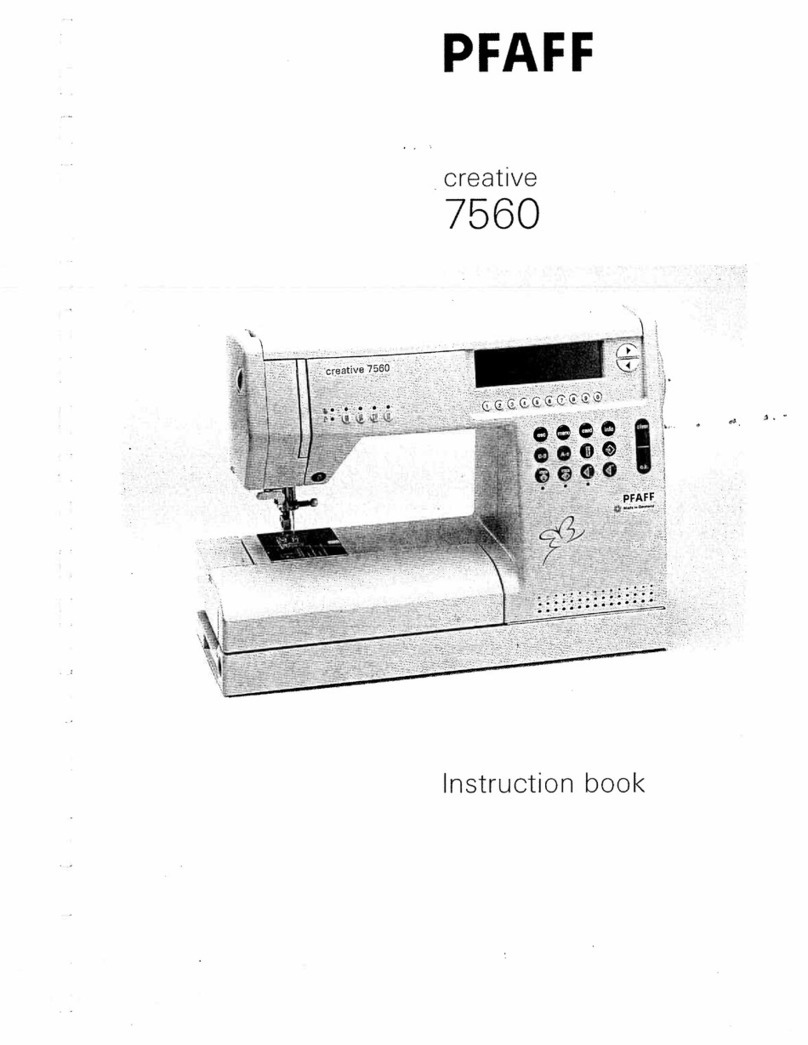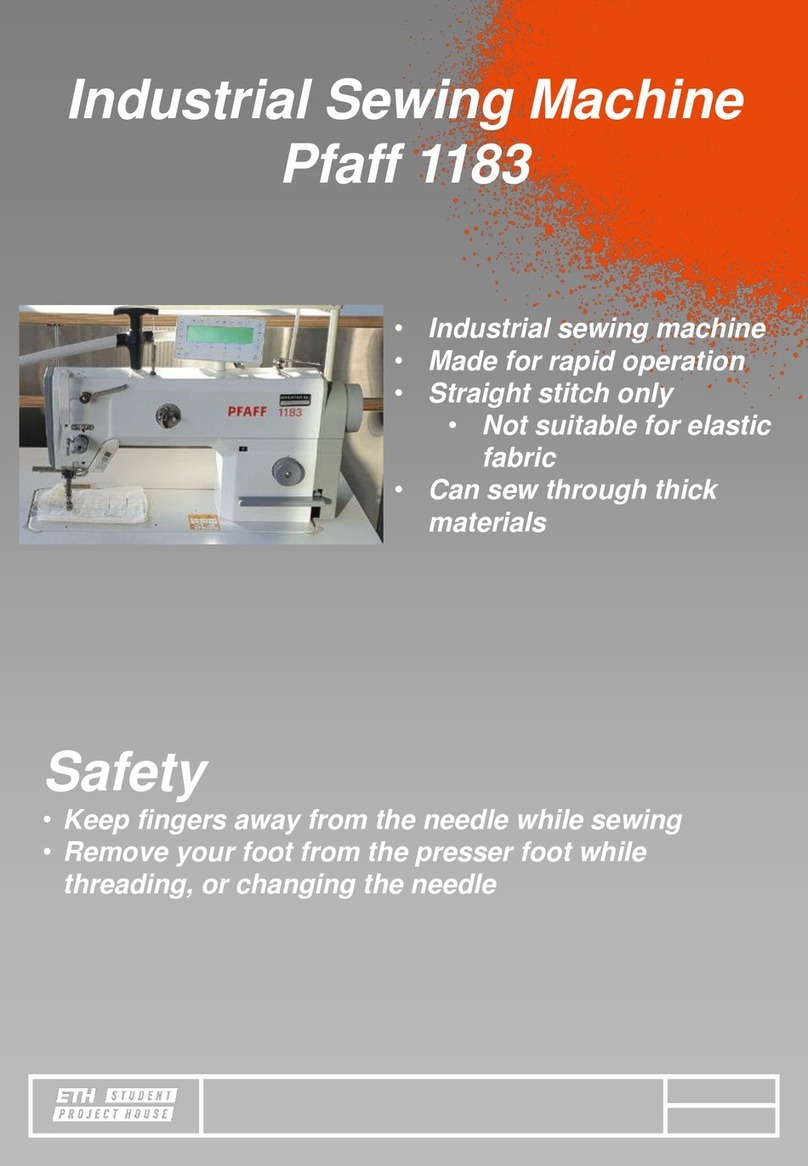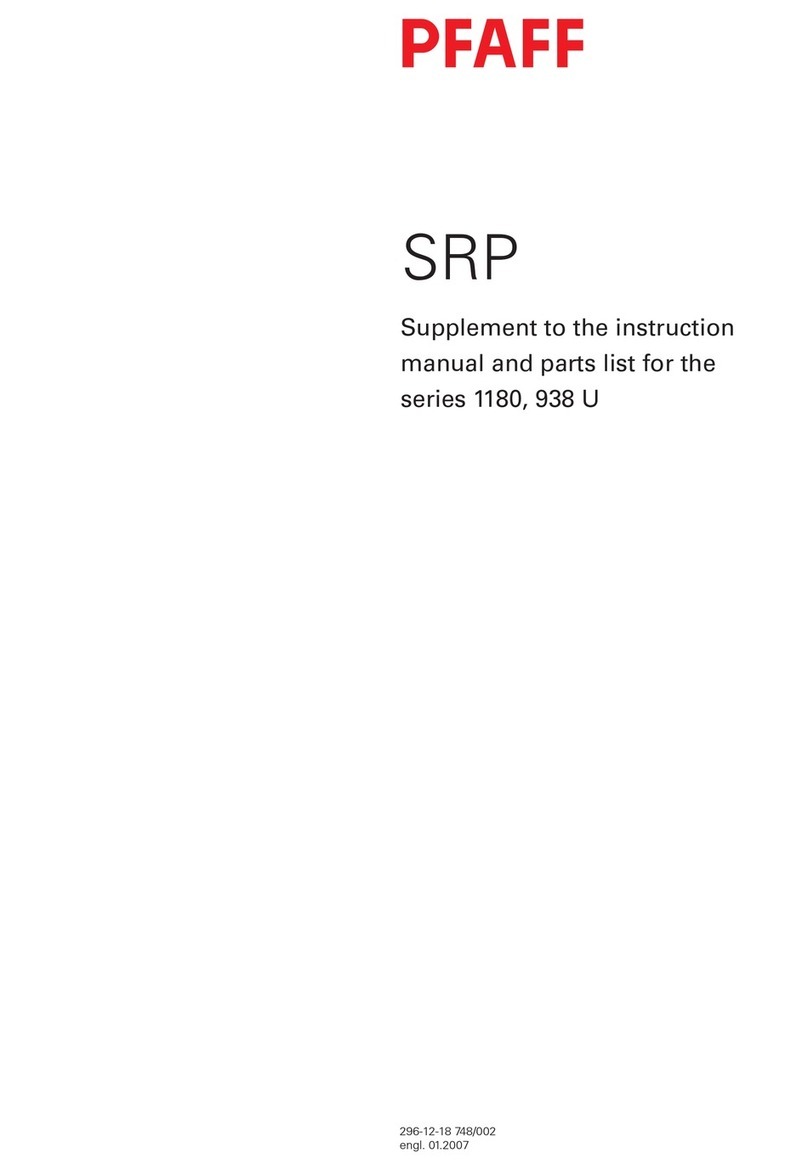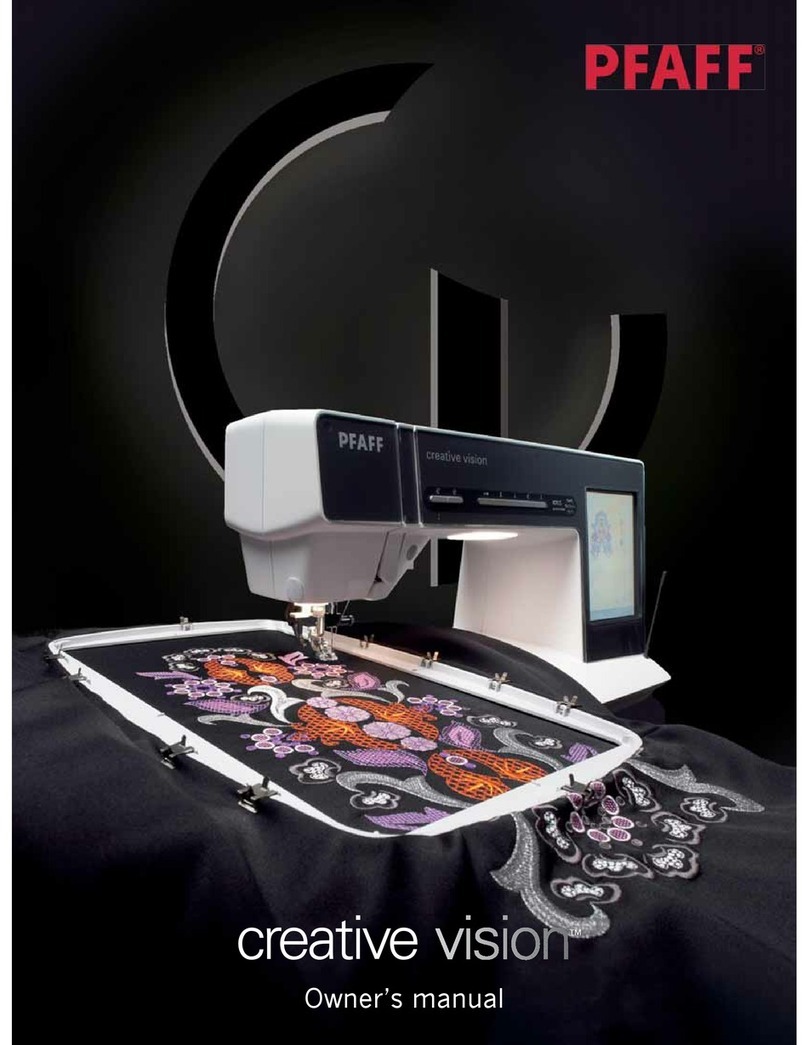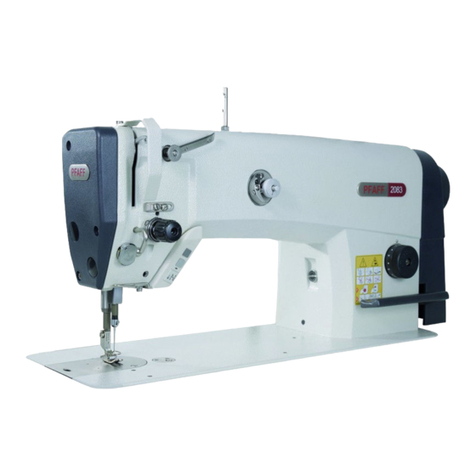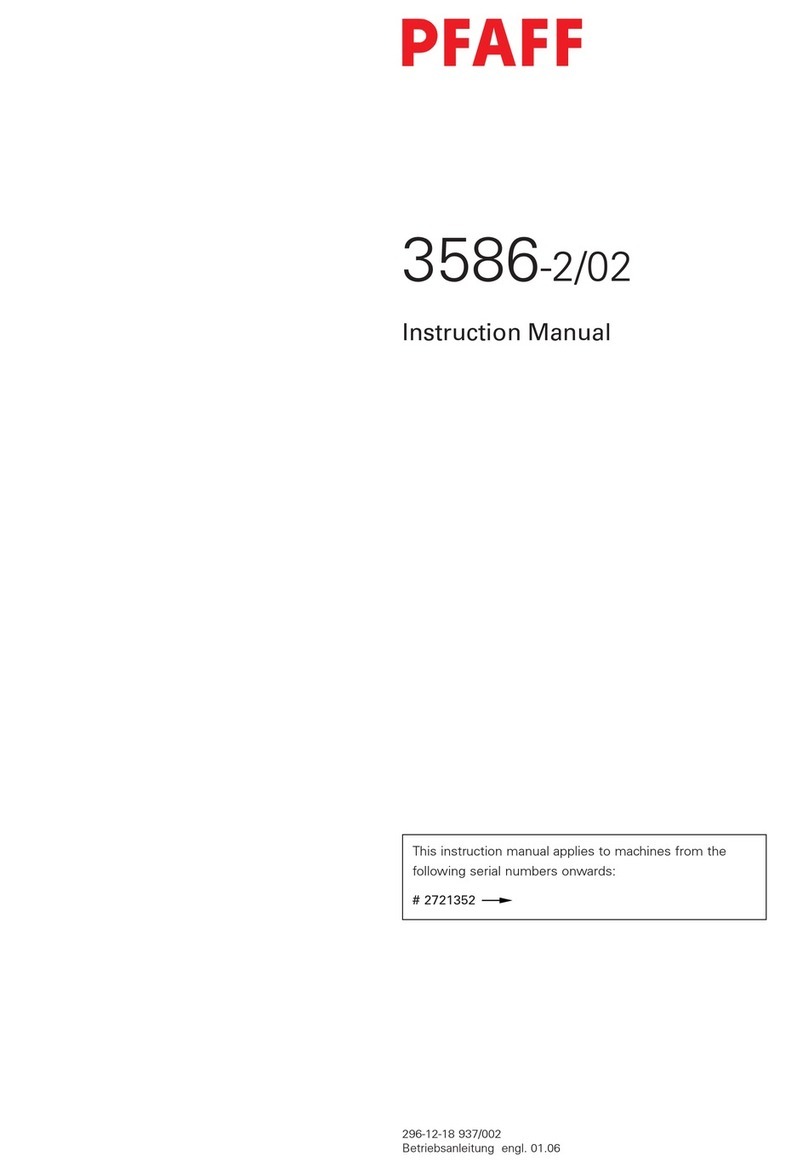
Index
Contents ................................................................................. Chapter - Page
8.04 Commissioning the machine......................................................................................... 8 - 8
8.03 Turning the machine on/off ........................................................................................... 8 - 8
9Preparation .................................................................................................................. 9 - 1
9.01 Inserting the needle ...................................................................................................... 9 - 1
9.02 Winding the bobbin thread, adjusting the thread tension .............................................. 9 - 2
9.03 Removing/inserting the bobbin case ............................................................................. 9 - 3
9.04 Threading the bobbin case / Adjusting the bobbin thread tension ................................. 9 - 3
9.05 Threading the needle thread / Adjusting the needle thread tension .............................. 9 - 4
9.06 Setting the needle thread function ................................................................................ 9 - 5
9.07 Selecting the program number...................................................................................... 9 - 6
9.08 Setting the stitch lengths .............................................................................................. 9 - 7
9.09 Entering the fullness area for the pedal adjustment...................................................... 9 - 8
9.10 Entering the start and end backtacks............................................................................ 9 - 9
9.11 Switching on / adjusting the bobbin thread control with the stitch count function ........ 9 -10
9.12 Entering / altering the code number .............................................................................. 9 -12
9.13 Adjusting the control panel............................................................................................ 9 -14
10 Sewing ....................................................................................................................... 10 -1
10.01 Manual sewing............................................................................................................ 10 - 1
10.02 Sewing with fixed programs ....................................................................................... 10 - 3
10.03 Programmed sewing................................................................................................... 10 - 5
10.03.01 Fullness adjustment .................................................................................................... 10 -7
10.03.02 Selecting the garment size.......................................................................................... 10 - 7
10.03.03 Program interruption ................................................................................................... 10 -8
10.04 Error messages........................................................................................................... 10 - 8
11 Input ...........................................................................................................................11- 1
11.01 Seam program input ................................................................................................... 11 - 2
11.01.01 Basic settings for seam program input ....................................................................... 11 - 2
11.01.02 Seam program input with the "Creating/adjusting a program" function ....................... 11 - 4
11.01.03 Seam program input with the "Teach-in" function........................................................ 11 - 6
11.02 Examples of how to create seam programs ............................................................... 11 - 8
11.02.01 Example of a seam program input using the
"Creating/adjusting a program" function....................................................................... 11 - 8
11.02.02 Example of a seam program input using the "Teach in" function................................. 11 -10
11.03 Seam program administration ..................................................................................... 11 -15
12 Care and Maintenance .............................................................................................. 12 - 1
12.01 Cleaning ...................................................................................................................... 12 - 1
12.02 Oiling the hook ............................................................................................................ 12- 2
12.03 Checking the oil levels ................................................................................................ 12 - 2
12.04 Lubricating the bevel gears ......................................................................................... 12 - 3
13 Adjustment ................................................................................................................ 13 - 1
13.01 Notes on adjustment................................................................................................... 13 - 1
13.02 Tools, gauges and other accessories .......................................................................... 13 - 1
13.03 Abbreviations .............................................................................................................. 13- 1
